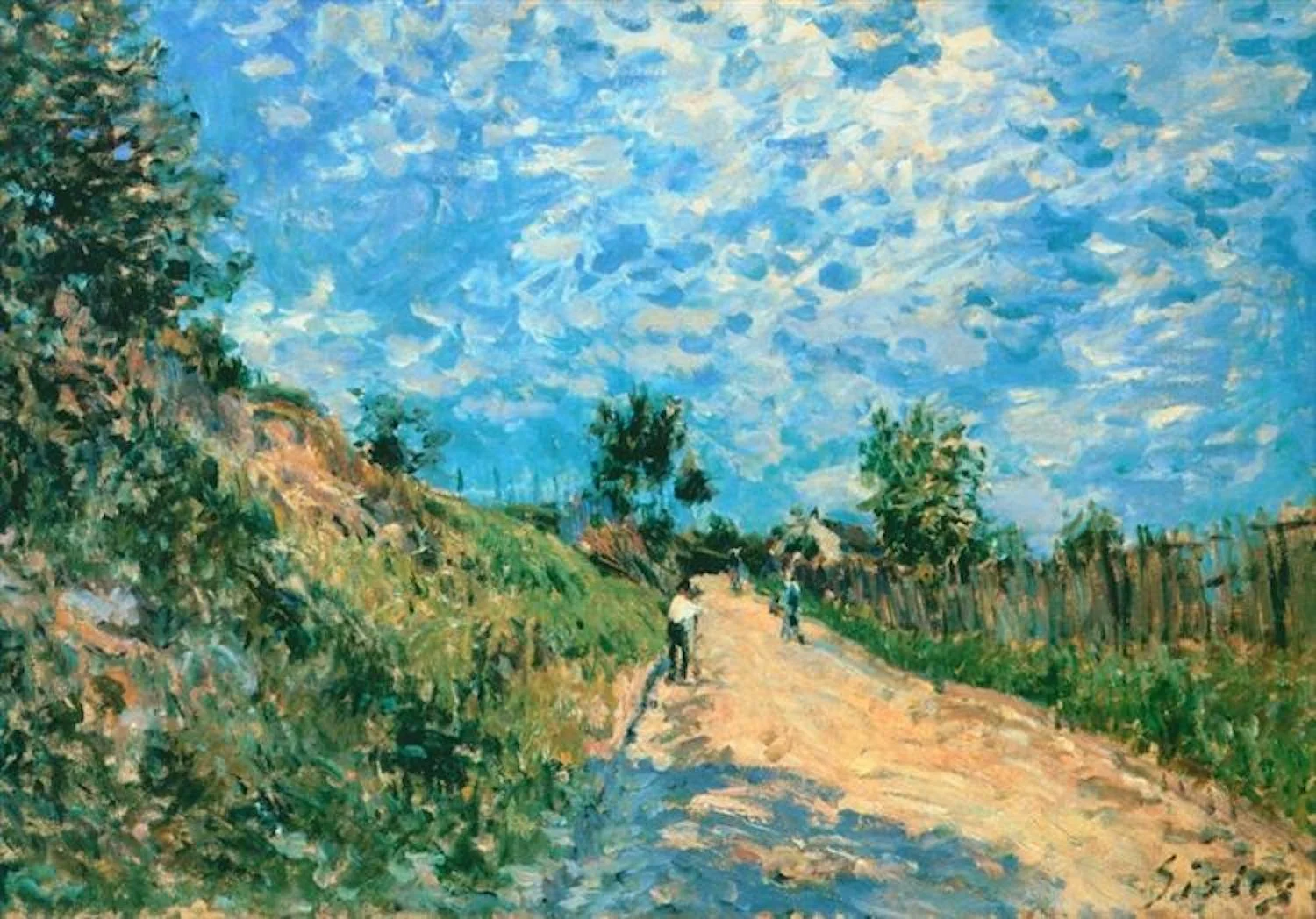The PATH: Anxiety, Second Arrow, and Letting Go
sent by J.W. Bertolotti | February 7, 2022
Welcome to The PATH — A weekly reflection with three timeless insights for daily life.
1. Anxiety
Are you anxious? Believe it or not, you’re not inherently anxious. You’re intrinsically whole, good, and kind as is. “When we rest in meditation, we discover that underneath the stories we tell ourselves about our anxiety is anxiety itself,” writes Lodro Rinzler (author of Take Back Your Mind).
In my interview with Rinzler, he explained,
Anxiety has both a cognitive element and a physiological response (in the form of stress), which means we experience anxiety in both our minds and our body. One way to think about the distinction between stress and anxiety is that stress is a response to a threat while anxiety manifests even when there is no clear and present danger.
According to Rinzler, we can notice when anxiety arises and not go down the rabbit hole. “When fearful or anxiety-producing thoughts come up in meditation, you have a choice: you can chase after them, or you can try something new. You can try to let go of the stories you tell yourself and be with the emotion underneath.”
——
2. The Second Arrow
There’s a traditional analogy in Buddhism: a man is walking in the forest when he is shot with an arrow out of nowhere. Now, instead of pulling it out and tending to his healing process, he begins to spin out, thinking, “Who shot me? Why am I always the one being shot?”
This mental spiraling is known as the second arrow, explains Rinzler. The first arrow was suffering inflicted upon us as part of life. But the second arrow is the suffering we inflict on ourselves.
Similarly, the philosopher Epictetus taught, “People are not disturbed by things themselves, but by the views, they take of those things.” Your condition is the result of your own opinions and interpretations.
Epictetus put it this way, “People who are ignorant of philosophy blame others for their own misfortunes. Those who are beginning to learn philosophy blame themselves. Those who have mastered philosophy blame no one.”
——
3. Letting Go
One of the reasons the lessons above are challenging is our tendency to add over subtract. According to Leidy Klotz, the author of Subtract, “Left to our own devices, our first instinct when trying to improve something is to add.”
In my interview with Klotz, he explained,
It might be evolutionarily advantageous for us to think of adding first, but knowing that we do it, we can take steps to make sure that we consider subtraction as a way to solve problems. Fundamentally research shows we’re overlooking this whole category of opportunities to make not just the world better, but our days, and our ideas.
The wisdom of letting go reveals itself across many great thinkers throughout history. For example, Pablo Picasso defined art as the “elimination of the unnecessary.” Likewise, the French writer Antoine de Saint-Exupéry observed: “Perfection is achieved, not when there is nothing more to add, but when there is nothing left to take away.”
——
Thank you for reading; I hope you found something useful. If so, please consider sharing it with others.
Each week, we send a short reflection with three insights to help you live your highest good. If you are not a subscriber to The PATH you can sign up here to receive it right to your inbox.
Image credit: The Hill Path by Alfred Sisley (1876)






